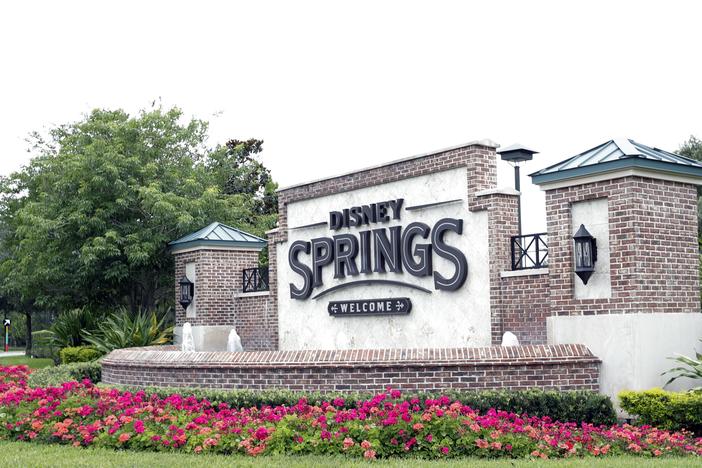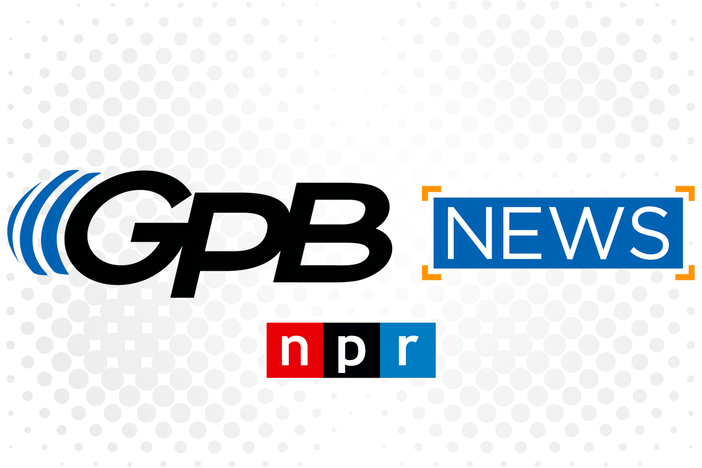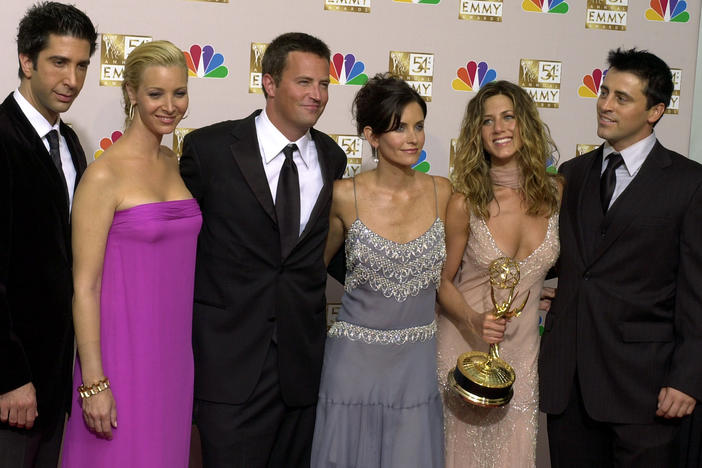Section Branding
Header Content
Season 2 of Marvel's 'What if...?' includes episode mostly in Mohawk language
Primary Content
Season Two of Marvel's animated series What If...? introduces us to Kahhori, a Mohawk woman who goes on a quest to discover her power. The episode takes place almost entirely in the Mohawk language.
Transcript
JUANA SUMMERS, HOST:
What if Thor was an only child? That is the kind of alternate story Marvel Studios' first animated series, "What If...?" on Disney+, takes on. Season 2, which is premiering now, introduces an original Native American Marvel heroine, Kahhori. She's a Mohawk woman who goes on a quest to discover her power. Ava Pukatch of member station WRVO reports the episode takes place almost entirely in the Mohawk language.
AVA PUKATCH, BYLINE: Doug George-Kanentiio, an Akwesasne Mohawk, is a cultural adviser for the Kahhori episode. He says he remembers reading comics as a kid, but he couldn't relate to them.
DOUG GEORGE-KANENTIIO: There wasn't anything in the media at all that showed us in a positive way - nothing.
PUKATCH: George-Kanentiio says the few Native characters, if any, were too often on the edge of the story and portrayed using offensive stereotypes.
GEORGE-KANENTIIO: Those figures were angry and aggressive and, you know, had war paint on and were always in a state of conflict and warfare. And that wasn't - you know, that kind of turns you off as a kid.
PUKATCH: That's changing. Meet Kahhori, a new original Marvel character.
(SOUNDBITE OF TV SHOW, "WHAT IF...?")
UNIDENTIFIED ACTOR: (As character, speaking Mohawk).
DEVERY JACOBS: (As Kahhori, speaking Mohawk).
PUKATCH: She's a young Mohawk woman living in the sovereign Haudenosaunee Confederacy prior to the colonization of America. The area today is part of northern New York state in the Adirondack Mountains. The characters speak in the Mohawk language throughout, with subtitles.
(SOUNDBITE OF TV SHOW, "WHAT IF...?")
UNIDENTIFIED ACTOR: (As character, speaking Mohawk).
JACOBS: (As Kahhori, speaking Mohawk).
UNIDENTIFIED ACTOR: (As character, speaking Mohawk).
PUKATCH: Here Kahhori learns about a magical portal in the Forbidden Lake - forbidden because many people went missing in it. She learns its spirit, represented through a blue light, seeps through the water, land and plants. And when the people eat those spirits, they take in some of their power too.
RYAN LITTLE: Their language is going to be heard in places in the world it's never been spoken before.
PUKATCH: "What If...?" writer Ryan Little crafted this episode over four years. He says the goal was to offer the most accurate depiction of every Mohawk costume, basket and tattoo. Animation allowed Marvel to be precise. Using the Mohawk language, he says, helped fill out the story with full period accuracy.
LITTLE: So just to totally showcase them as a people, it felt like we wanted to take the full ride and not hold anything back.
PUKATCH: Little says for the latest season of "What If...?" Marvel uses Kahhori to build on traditional Mohawk teachings and beliefs, using animation to go back into the past in ways few comics and movies have before.
LITTLE: She ventures towards this sort of local legend of theirs called the Forbidden Lake, that all they know about it is it glows with power, and anybody who enters it disappears. And so she sort of explores it in a moment of duress and ends up having a gigantic adventure, and cool Marvel things ensue.
PUKATCH: While Little wrote Kahhori's first adventure, he hopes a Mohawk writer will get to write the next. He worked with the Mohawk people throughout the process, including historian adviser George-Kanentiio. He helped the Marvel team accurately depict what village life looked like, the environment of their traditional territory within the Adirondack Mountains, and the appearance of the Native peoples.
GEORGE-KANENTIIO: This is a new - entirely new innovative way of looking at Indigenous people, and it destroys all those stereotypes of the past. It just - you know, just obliterates them when they see this.
PUKATCH: It's a start, at least. And George-Kanentiio says depicting Indigenous peoples in a positive manner, as Marvel is doing, could help change the way Native kids see themselves.
For NPR News, I'm Ava Pukatch in Syracuse, N.Y.
(SOUNDBITE OF LADY WRAY SONG, "GET READY") Transcript provided by NPR, Copyright NPR.
Bottom Content



